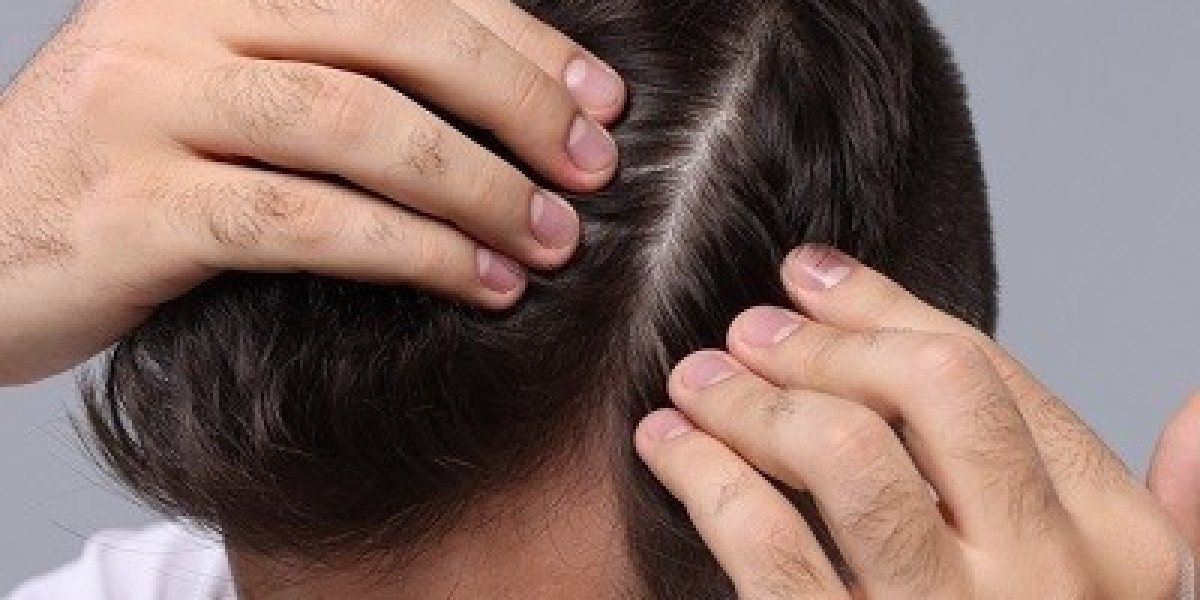Hair transplants have become a popular solution for individuals dealing with hair loss. Islamabad, being a hub for advanced medical procedures, offers numerous clinics and experienced surgeons for this transformative procedure. If you are considering a hair transplant in Islamabad, understanding the process step-by-step will help you prepare and make an informed decision.
Step 1: Initial Consultation
The process begins with an initial consultation. During this session:
Assessment of Hair Loss: The surgeon evaluates your hair loss pattern and identifies the donor and recipient areas on your scalp.
Medical History Review: You will be asked about your overall health, any medications you’re taking, and any previous hair restoration attempts.
Discussion of Goals: The surgeon discusses your expectations and desired results to ensure they are realistic.
Treatment Plan: Based on your hair type, extent of hair loss, and donor hair availability, the surgeon will recommend the most suitable technique, such as FUE (Follicular Unit Extraction) or FUT (Follicular Unit Transplantation).
Step 2: Preoperative Preparation
Once you’ve decided to proceed with the surgery, preoperative preparations are essential to ensure a smooth procedure:
Medical Tests: Blood tests or other assessments may be conducted to rule out any conditions that could affect the surgery.
Pre-Surgery Instructions: The surgeon provides detailed guidelines, such as avoiding alcohol, smoking, and certain medications that might thin the blood.
Scalp Preparation: You may be advised to shampoo your hair with a specific cleanser before the procedure to minimize the risk of infection.
Step 3: The Procedure
Hair transplant surgeries are typically performed as outpatient procedures and can last several hours, depending on the number of grafts required. Here’s what to expect during the surgery:
a. Anesthesia
Local anesthesia is administered to numb the donor and recipient areas. This ensures you feel no pain during the procedure.
b. Harvesting Hair Follicles
In FUE, individual hair follicles are extracted directly from the donor area using a micro-punch tool.
In FUT, a strip of scalp is surgically removed from the donor area, and individual follicles are dissected from the strip.
The donor area is typically located at the back or sides of the scalp, where hair is more resistant to thinning.
c. Preparing the Recipient Area
The surgeon creates tiny incisions or channels in the recipient area, where the hair follicles will be implanted. These incisions are carefully designed to match the natural angle and direction of your hair growth.
d. Implanting Hair Follicles
The harvested follicles are implanted into the prepared incisions. This meticulous process ensures a natural-looking result and even hair distribution.
Step 4: Postoperative Care
After the surgery, your surgeon will provide specific aftercare instructions to promote healing and maximize the success of the transplant:
Protecting the Transplanted Area: Avoid touching or scratching the treated areas to prevent damage to the grafts.
Medications: You may be prescribed pain relievers, antibiotics, and anti-inflammatory medications to manage discomfort and prevent infections.
Sleeping Position: Sleep with your head elevated to reduce swelling and protect the transplanted grafts.
Washing Instructions: Follow the surgeon’s guidance on when and how to wash your hair post-surgery.
Step 5: Recovery Timeline
Understanding the recovery process helps set realistic expectations:
First Few Days: You may experience mild swelling, redness, or scabbing in the treated areas. These symptoms are normal and subside within a week.
Shock Loss: It’s common for the transplanted hair to shed within the first month. This is a temporary phase, and new hair will start growing from the transplanted follicles.
New Hair Growth: Visible growth typically begins around the three-month mark. Full results are usually achieved within 12 months.
Step 6: Follow-Up Appointments
Regular follow-up appointments are crucial to monitor your progress and address any concerns:
The surgeon will examine the transplanted and donor areas to ensure proper healing.
Any adjustments or additional treatments, such as PRP (Platelet-Rich Plasma) therapy, may be recommended to enhance results.
Choosing the Right Clinic in Islamabad
Islamabad boasts numerous reputable clinics offering hair transplant services. When selecting a clinic:
Verify Credentials: Ensure the clinic is licensed and the surgeons are certified.
Check Reviews: Look for patient testimonials and before-and-after photos.
Evaluate Facilities: Visit the clinic to assess its hygiene standards and technology.
Discuss Costs: The cost of a hair transplant in Islamabad typically ranges from PKR 70,000 to PKR 400,000, depending on the technique and number of grafts required.
Conclusion
A hair transplant is a life-changing procedure that can restore confidence and improve your appearance. By understanding the step-by-step process, choosing a skilled surgeon, and following aftercare instructions, you can achieve natural, long-lasting results. If you’re ready to take the first step, schedule a consultation with a trusted clinic in Islamabad to discuss your options and start your journey to a fuller head of hair.



